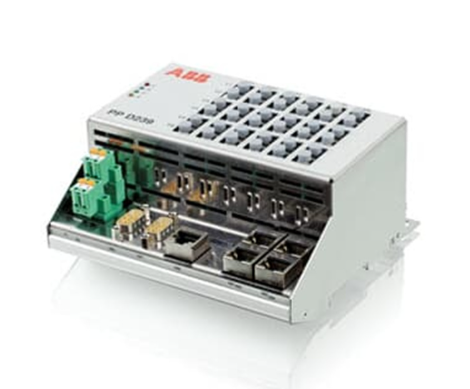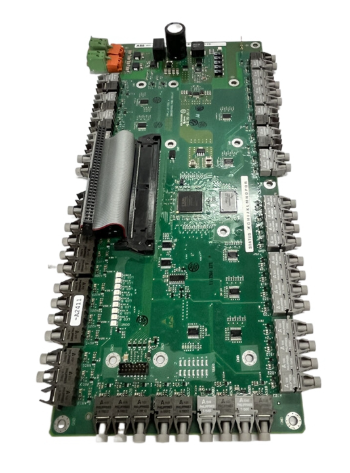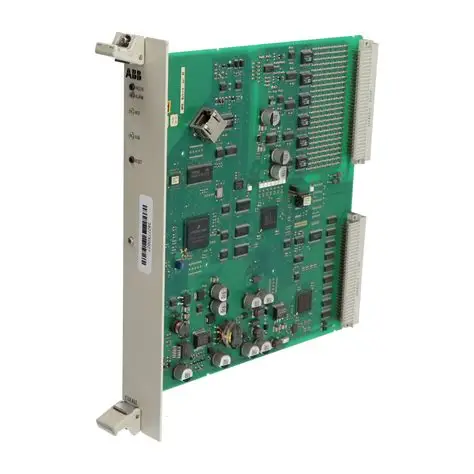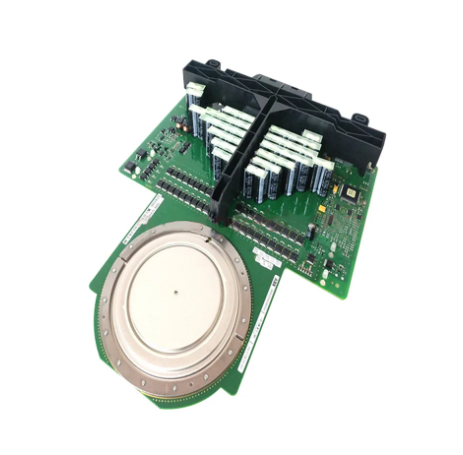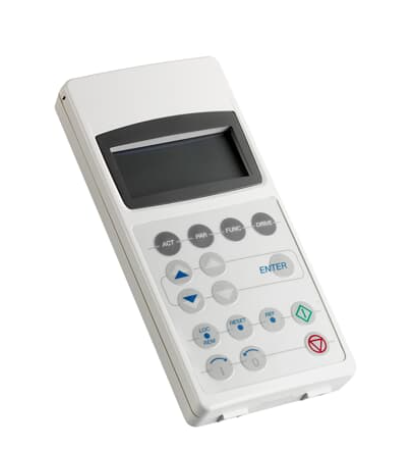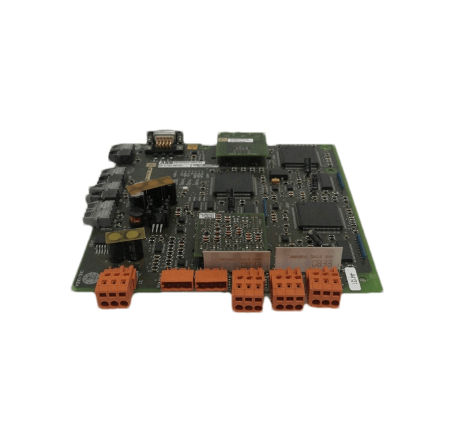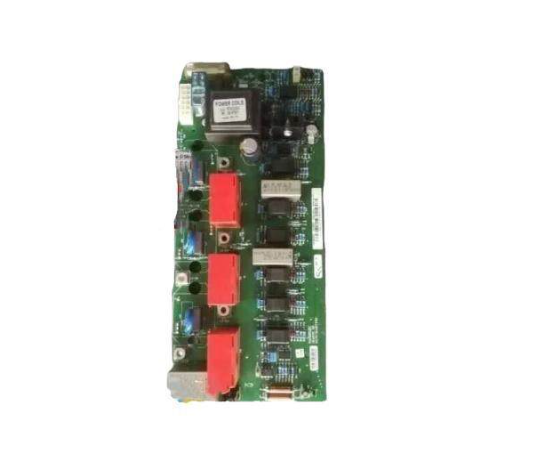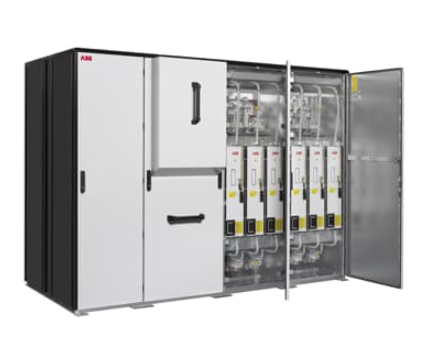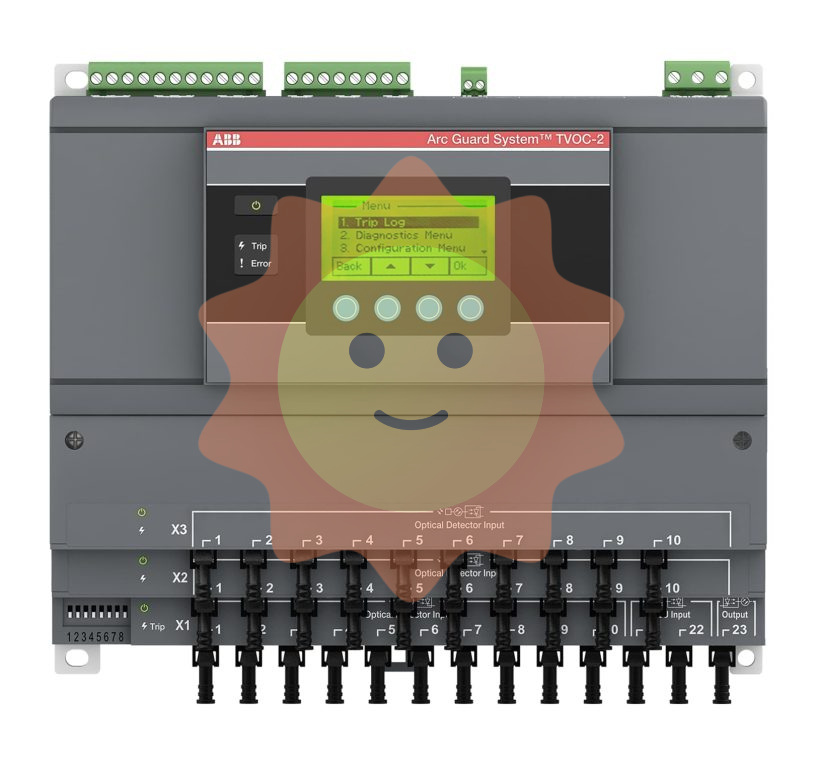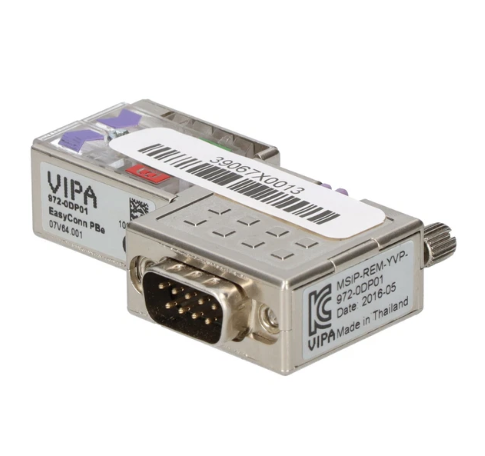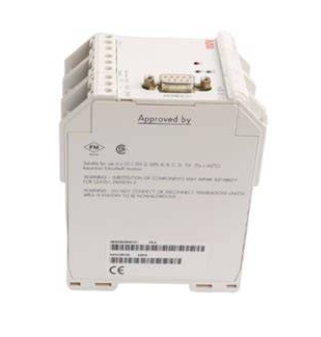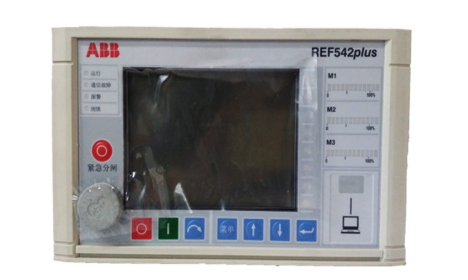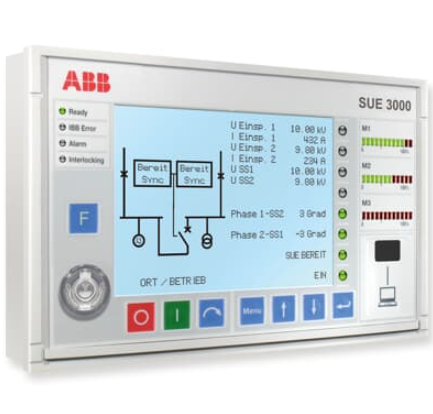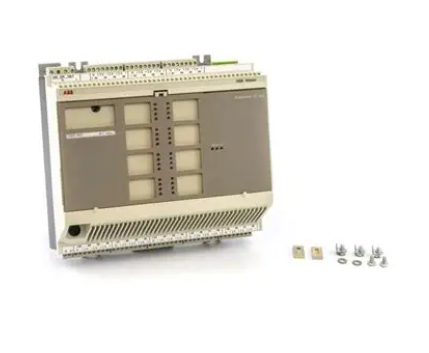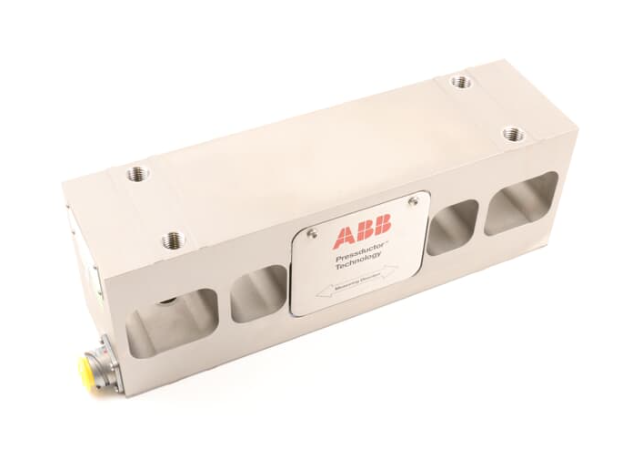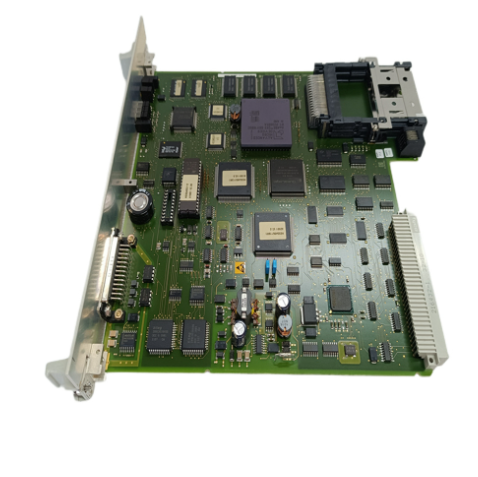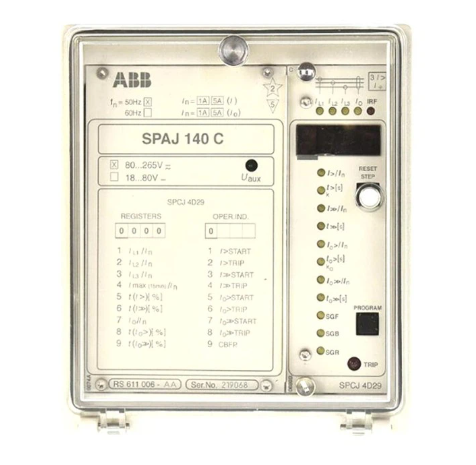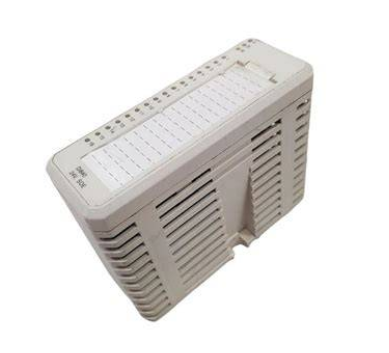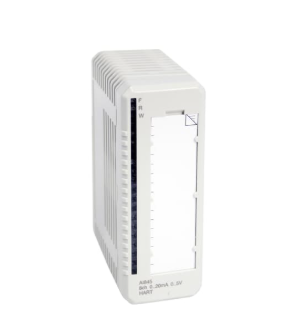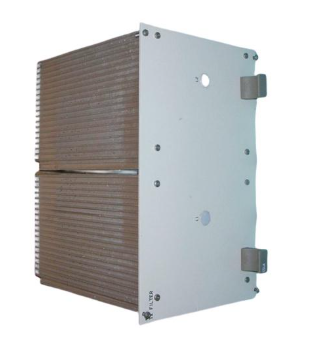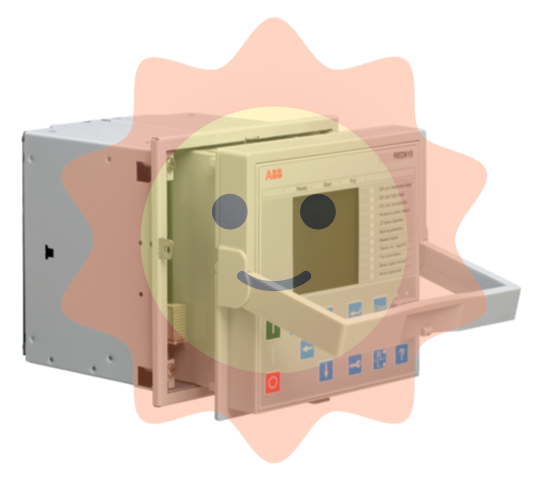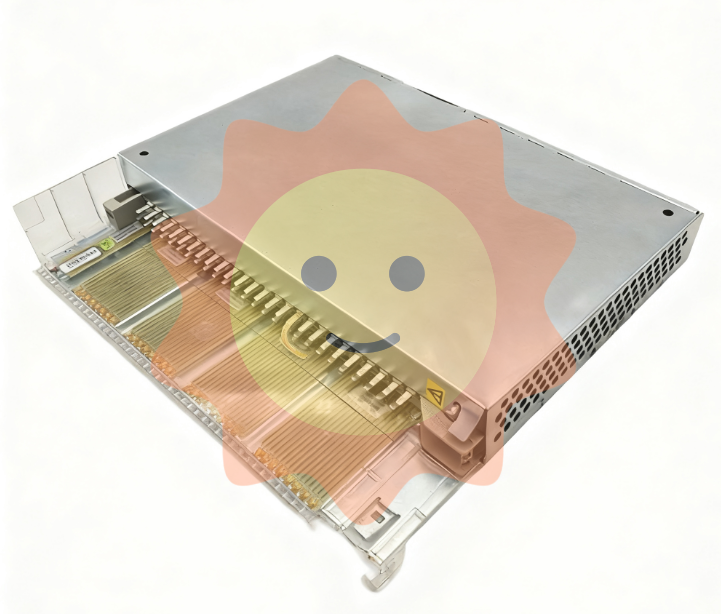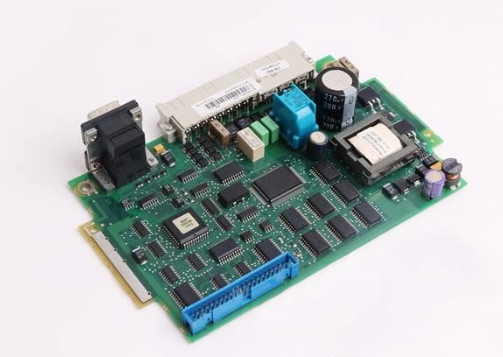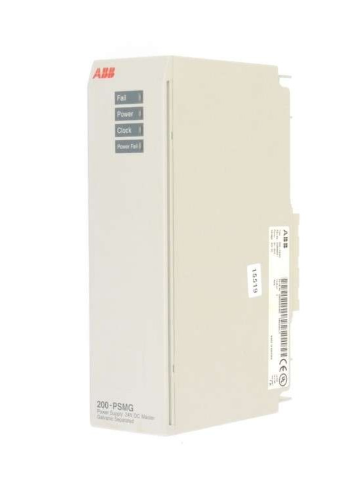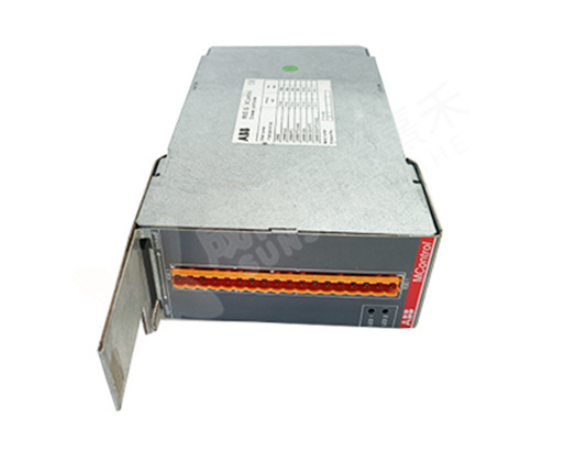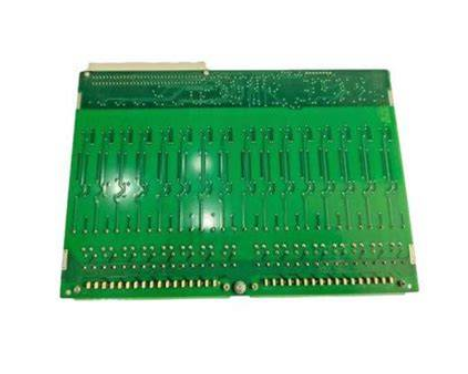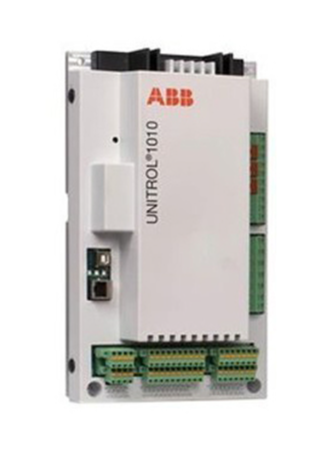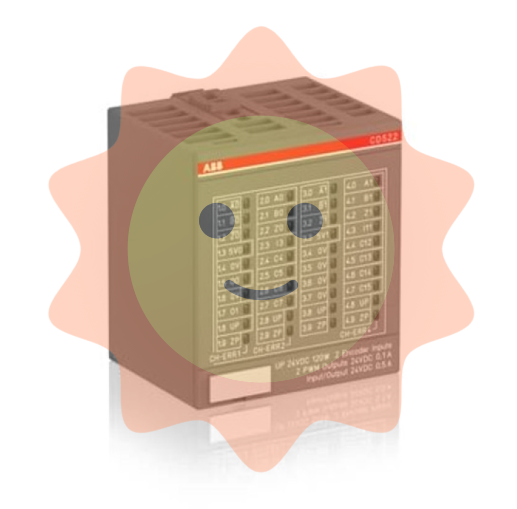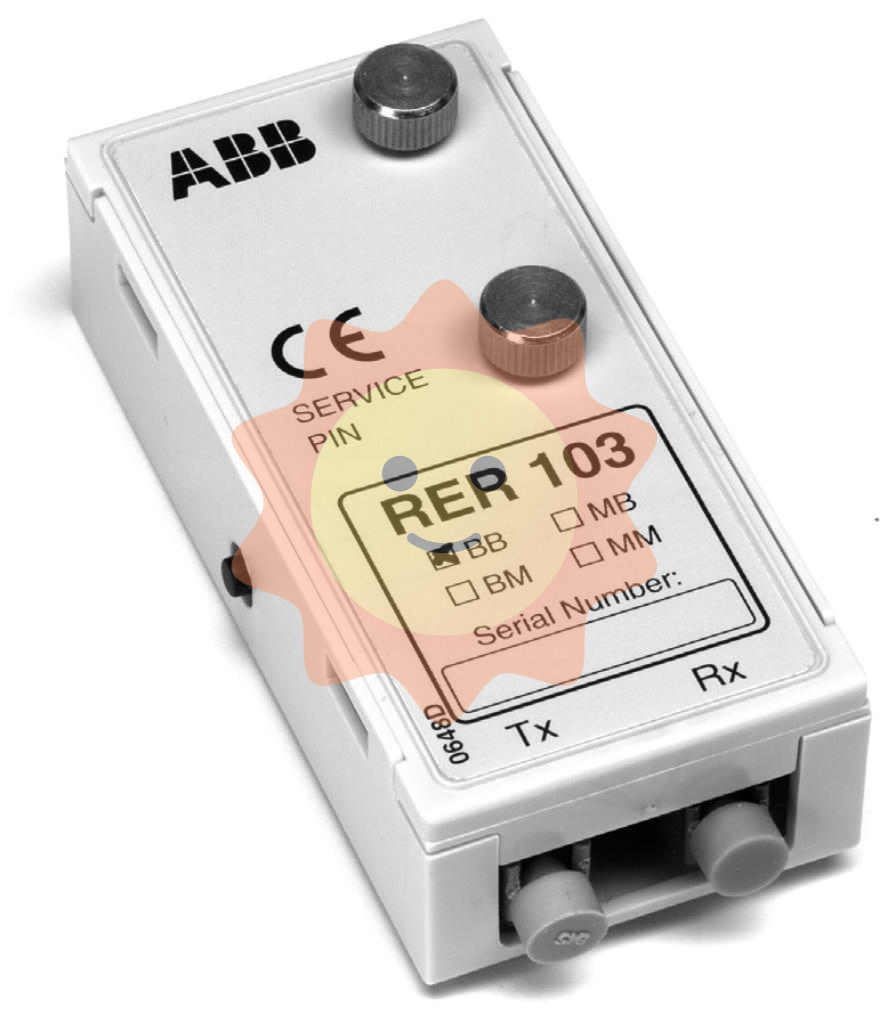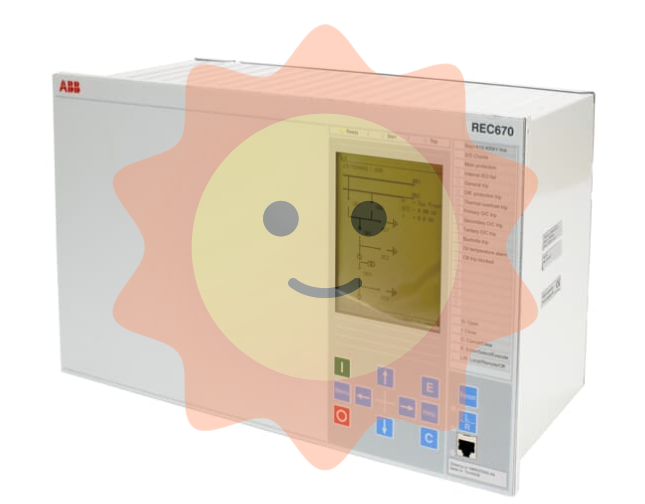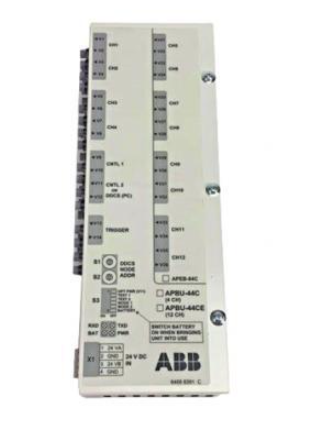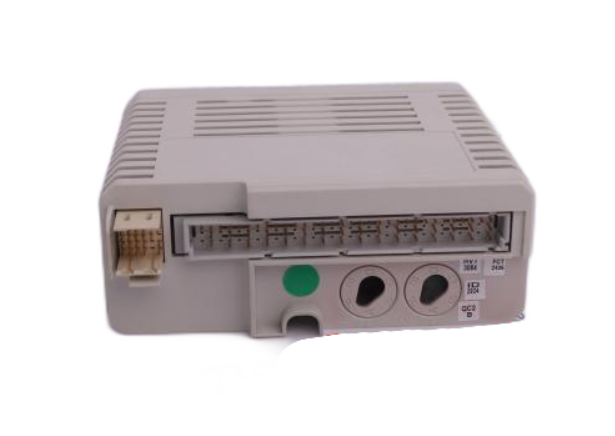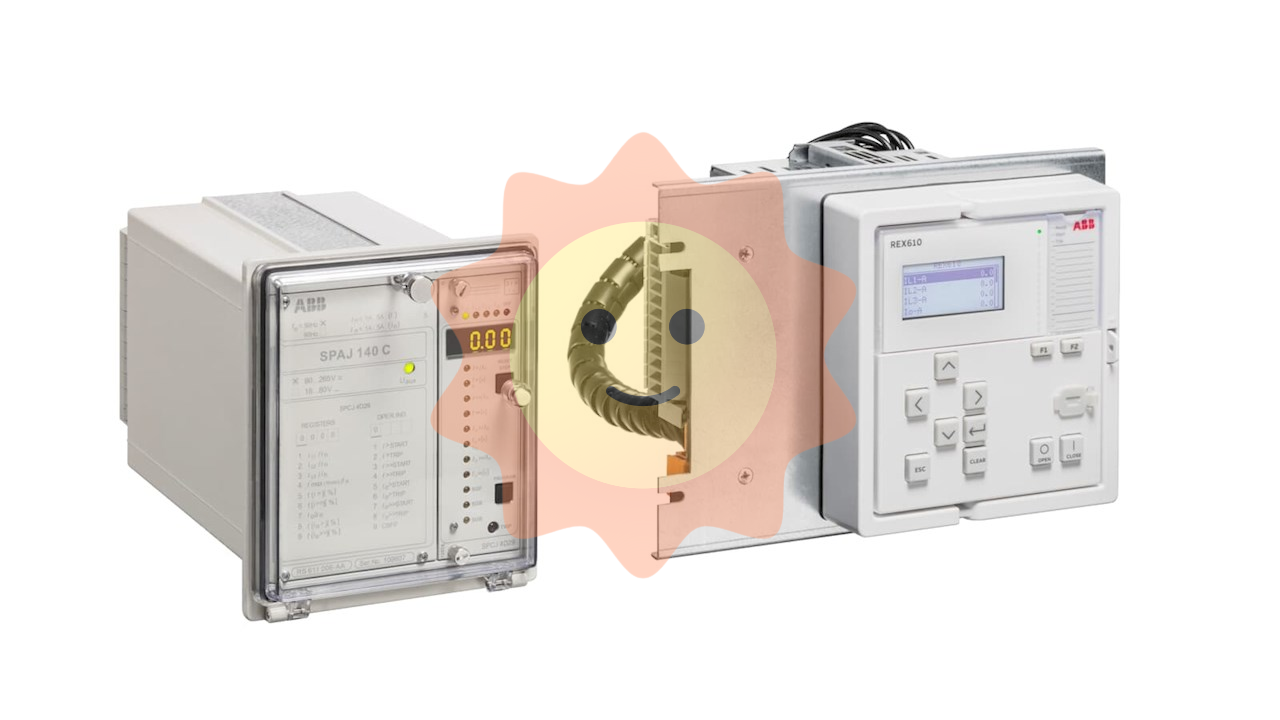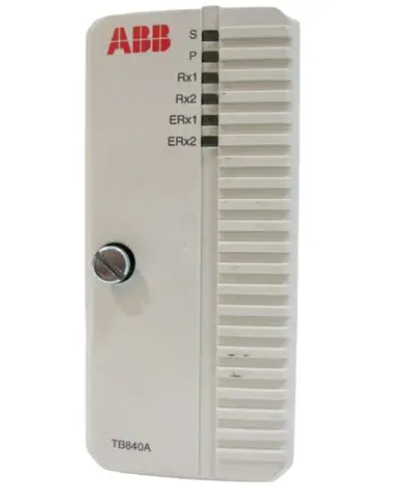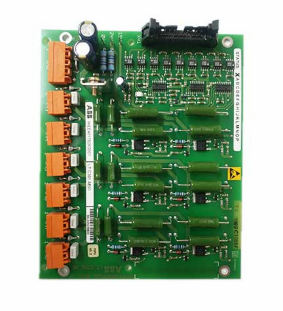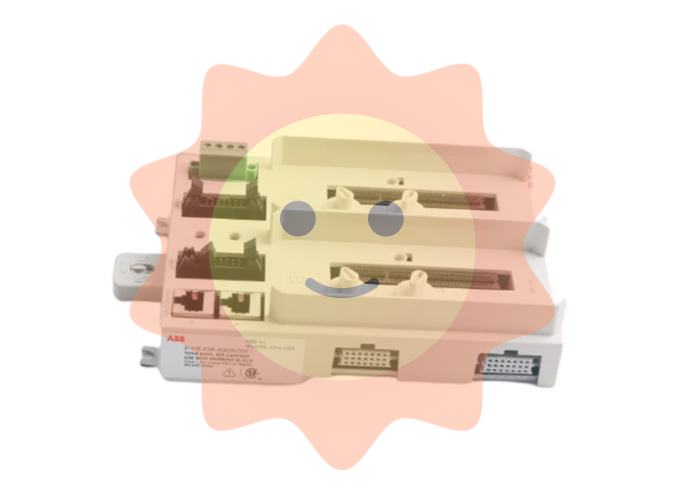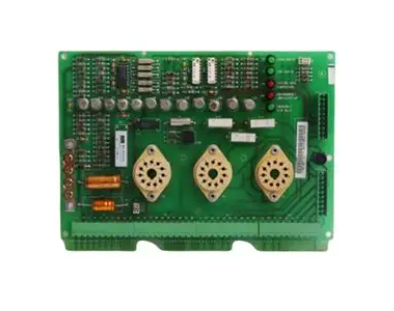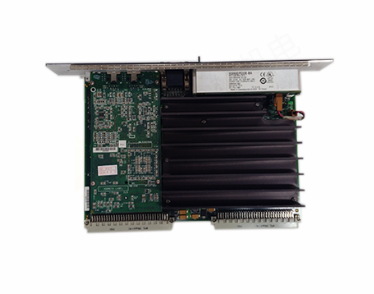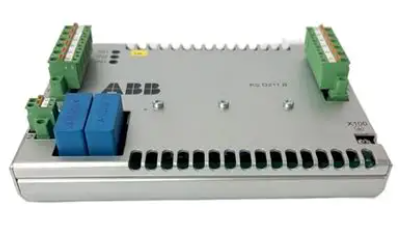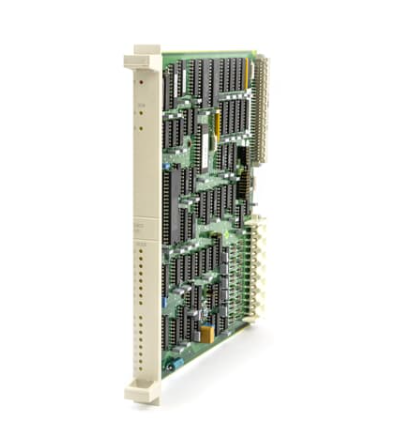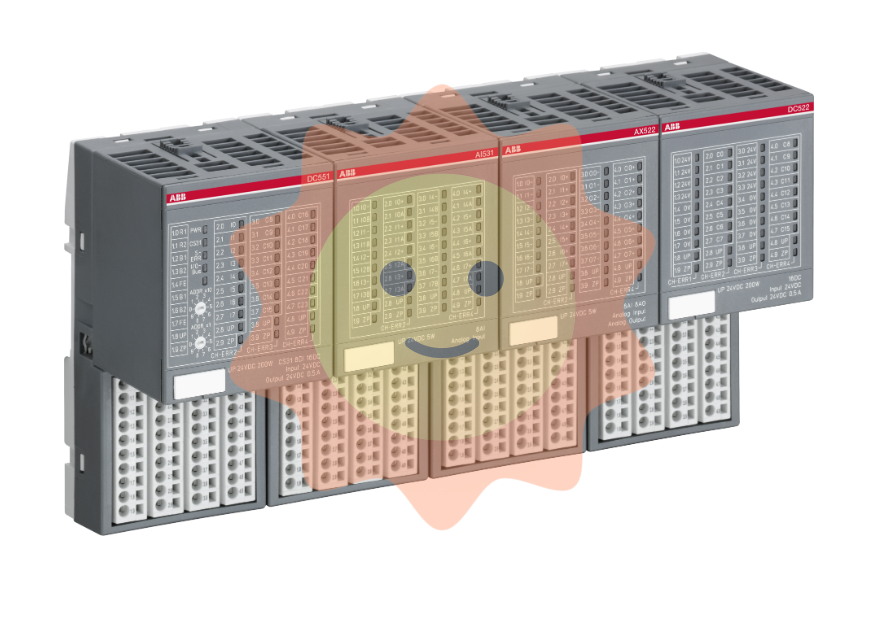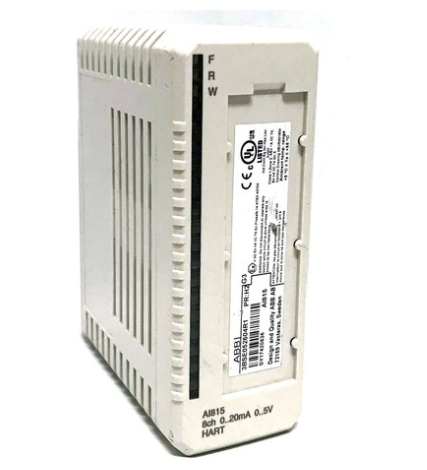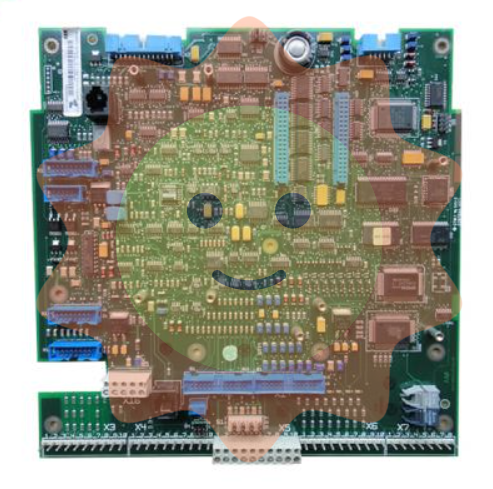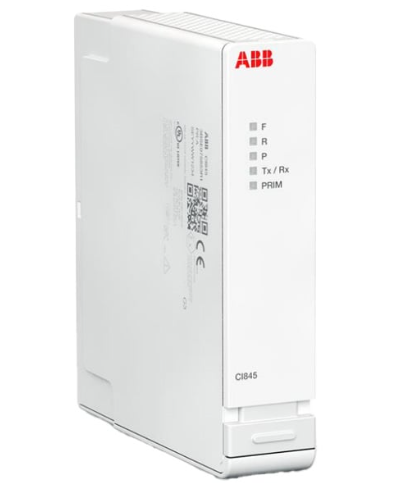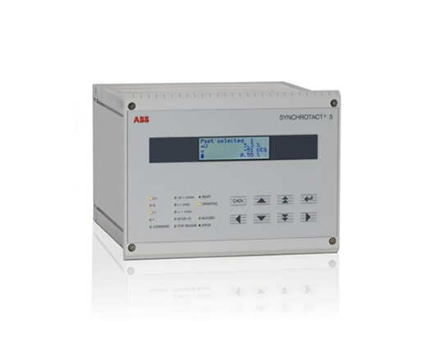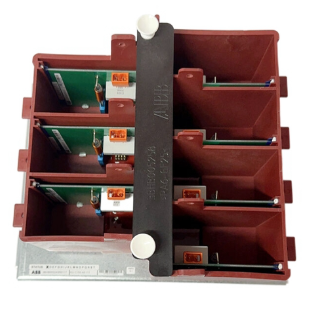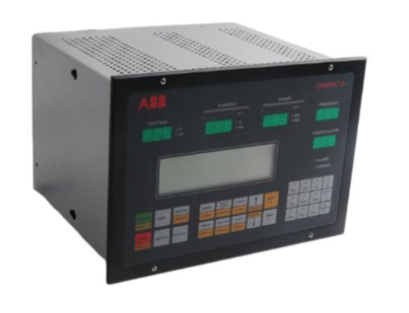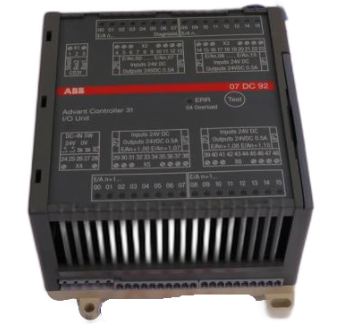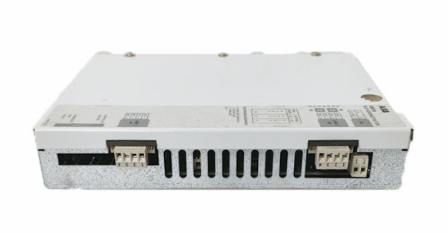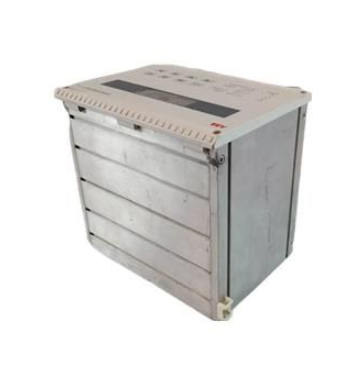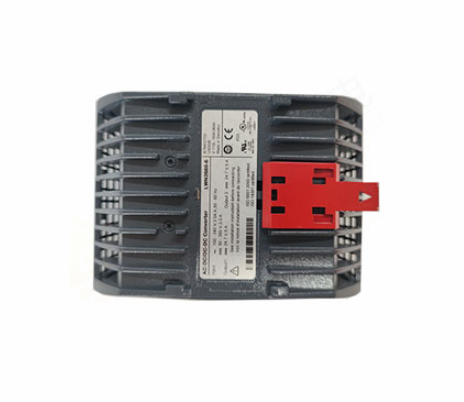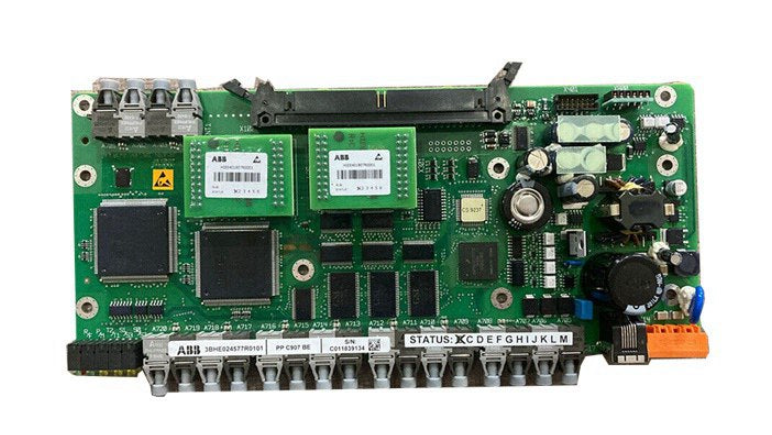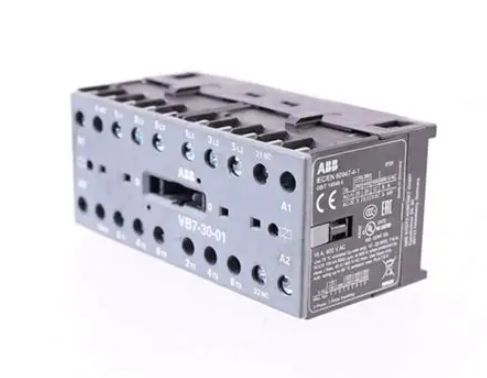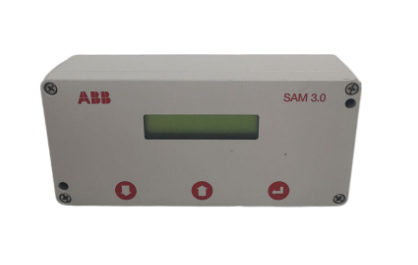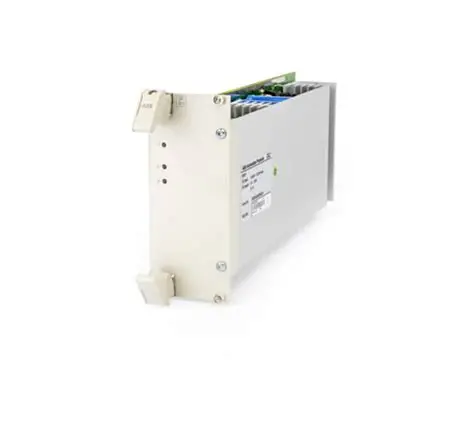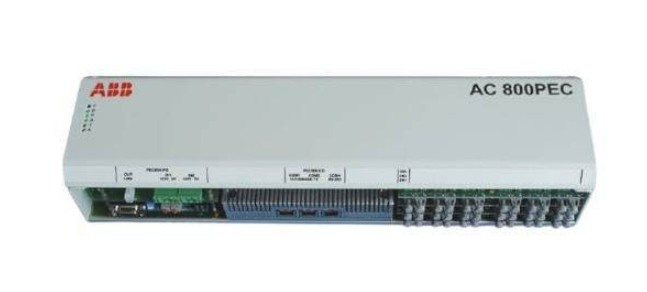ALSTOM AB121 controller module
ALSTOM AB121 controller module
Product Overview
The Alstom AB121 controller module is a high-performance core component developed specifically to meet the needs of complex industrial automation control. It integrates advanced hardware technology and intelligent control algorithms, with powerful data processing, precise control, and stable communication capabilities. This module can efficiently monitor and precisely regulate the operating status of industrial equipment in real time, ensuring the stable and efficient operation of the production process. The AB121 controller module, with its flexible configuration and wide compatibility, can seamlessly integrate with various industrial equipment and systems, and is widely used in many industries such as power, manufacturing, transportation, and energy. It is a key equipment for achieving industrial automation and intelligent upgrading.
Working principle
In the data acquisition stage, the AB121 controller module is connected to various sensors through input channels, and converts analog signals into digital signals (for analog sensors) or directly reads digital signals (for digital sensors) according to the signal type and communication protocol of the sensors, and temporarily stores them in the module's memory. Entering the data processing stage, the microprocessor within the module analyzes, calculates, and makes logical judgments on the collected data based on preset control programs and algorithms, such as executing PID control algorithms to adjust equipment parameters and perform fault diagnosis logic judgments. In the control output stage, based on the data processing results, control instructions are sent to actuators (such as motor drivers, solenoid valves, etc.) through output channels to drive actuator actions and achieve device control. At the same time, the module interacts with external devices and systems through communication interfaces, uploads processed data, and receives external instructions to achieve remote monitoring and control functions, thus forming a complete automation control loop.
Key advantages
(1) High reliability
Using industrial grade high-quality components and advanced manufacturing processes, the AB121 controller module has excellent reliability and stability after strict quality testing and environmental testing. In harsh industrial environments such as high temperature, high humidity, and strong electromagnetic interference, it can still operate stably for a long time, effectively reducing equipment failure rates and minimizing production downtime caused by failures, providing strong guarantees for the continuity of industrial production.
(2) Flexibility and Scalability
The functions and parameters of the module can be flexibly adjusted through programming and configuration to adapt to different industrial application scenarios and control requirements. Support modular expansion, users can add or replace functional modules according to actual needs, such as adding communication modules, input/output modules, etc., to facilitate system upgrades and renovations, reduce equipment update costs for enterprises, and enable the system to flexibly expand with the development of enterprises and changes in production needs.
(3) Efficient and energy-saving
Advanced control algorithms and optimized hardware design enable the AB121 controller module to achieve precise control while effectively reducing device energy consumption. By adjusting the operating parameters of the equipment reasonably, we can avoid excessive operation and energy waste, save operating costs for enterprises, conform to the trend of green industry development, and help enterprises achieve sustainable development.
Precautions
(1) Installation requirements
When installing, it is necessary to choose a dry, well ventilated environment without severe vibration, away from high temperature, humidity, dust, and strong electromagnetic interference sources. Strictly follow the installation steps in the product manual to ensure that the module is securely installed, and that all connecting cables are correctly connected and in good contact. Avoid live operation during installation to prevent static electricity or instantaneous current from damaging the module.
(2) Electrical connection
Before making electrical connections, be sure to cut off the power supply to ensure safety. Connect the power supply, communication lines, input/output signal lines, etc. correctly according to the wiring diagram, and pay attention to distinguishing the connection ports and polarities of different types of cables to prevent module damage or equipment failure caused by incorrect connections. Use cables that meet the specifications and take appropriate measures to secure and protect them, avoiding cable wear and pulling.
(3) Programming and Maintenance
Programming requires the use of programming software and tools officially designated by Alstom, following programming specifications and standards, conducting thorough testing and verification of the written program, and ensuring that the control logic is correct and error free. In daily maintenance, regularly check the operation status of the module, communication connections, and the firmness of each interface, clean the surface dust of the module in a timely manner, and check the heat dissipation situation. If software upgrade is required, backup important data in advance and strictly follow the official upgrade guide to prevent system failure caused by improper operation.
Application scenarios
(1) Power industry
In thermal power plants, it is used to control key equipment such as boiler combustion systems and turbine control systems. By monitoring and adjusting various operating parameters in real time, it improves power generation efficiency, reduces energy consumption and pollutant emissions; In wind power plants, precise control of the wind turbine pitch system and yaw system is achieved, and the wind turbine attitude is automatically adjusted according to wind speed and direction to maximize wind energy capture and ensure power generation stability; In solar power generation systems, monitoring and controlling the operation status of photovoltaic arrays to achieve maximum power point tracking, improve solar energy conversion efficiency, and ensure stable power output.
(2) Manufacturing industry
Realize precise control and collaborative operation of automation equipment in manufacturing production lines such as automobile manufacturing, electronic equipment manufacturing, and mechanical processing. For example, controlling the motion trajectory of a robotic arm to achieve precise assembly of components; Control the machining parameters of CNC machine tools to ensure machining accuracy and efficiency; Control the material conveying system of the production line to achieve orderly transportation and distribution of materials, and improve the overall automation level and production efficiency of the production line.
(3) Transportation field
In urban rail transit systems such as subways and light rails, traction control systems and braking control systems are used to ensure the safe and stable operation of trains; At the station, control and monitor equipment such as automatic ticket vending machines, turnstiles, ventilation and air conditioning systems to enhance passengers' travel experience and the operational management efficiency of the station. Meanwhile, in railway transportation, it can be applied to railway signal control systems, locomotive control, and other aspects to ensure the safety and efficiency of railway transportation.
(4) Other industrial sectors
In the metallurgical industry, equipment used to control the operation of production processes such as blast furnace ironmaking and steel rolling is optimized through real-time monitoring and adjustment of process parameters to improve product quality and output; In the building materials industry, automation control is implemented for cement production, glass manufacturing, and other production processes to ensure stable production processes and product quality meets standards; In the water treatment industry, monitoring and controlling the water treatment equipment of sewage treatment plants and water supply plants to ensure water quality meets standards and stable water supply.

- EMERSON
- Honeywell
- CTI
- Rolls-Royce
- General Electric
- Woodward
- Yaskawa
- xYCOM
- Motorola
- Siemens
- Rockwell
- ABB
- B&R
- HIMA
- Construction site
- electricity
- Automobile market
- PLC
- DCS
- Motor drivers
- VSD
- Implications
- cement
- CO2
- CEM
- methane
- Artificial intelligence
- Titanic
- Solar energy
- Hydrogen fuel cell
- Hydrogen and fuel cells
- Hydrogen and oxygen fuel cells
- tyre
- Chemical fiber
- dynamo
- corpuscle
- Pulp and paper
- printing
- fossil
- FANUC
- Food and beverage
- Life science
- Sewage treatment
- Personal care
- electricity
- boats
- infrastructure
- Automobile industry
- metallurgy
- Nuclear power generation
- Geothermal power generation
- Water and wastewater
- Infrastructure construction
- Mine hazard
- steel
- papermaking
- Natural gas industry
- Infrastructure construction
- Power and energy
- Rubber and plastic
- Renewable energy
- pharmacy
- mining
- Plastic industry
- Schneider
- Kongsberg
- NI
- Wind energy
- International petroleum
- International new energy network
- gas
- WATLOW
- ProSoft
- SEW
- wind
- ADVANCED
- Reliance
- YOKOGAWA
- TRICONEX
- FOXBORO
- METSO
- MAN
- Advantest
- ADVANCED
- ALSTOM
- Control Wave
- AB
- AMAT
- STUDER
- KONGSBERG
- MOTOROLA
- DANAHER MOTION
- Bently
- Galil
- EATON
- MOLEX
- Triconex
- DEIF
- B&W
- ZYGO
- Aerotech
- DANFOSS
- KOLLMORGEN
- Beijer
- Endress+Hauser
- MOOG
- KB
- Moxa
- Rexroth


Email:wang@kongjiangauto.com

